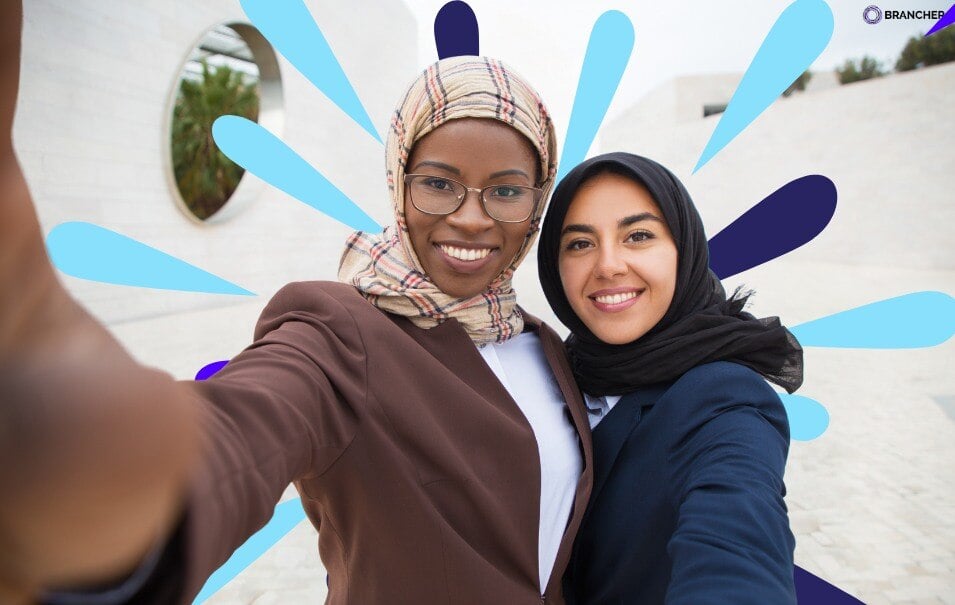
We've discussed how mentoring plays a pivotal role in an individual's professional and personal development. However, the true benefits of mentoring are realised only when the program is executed successfully. One key to this success is designing a personalised mentoring experience that participants will enjoy and find meaningful.
But how exactly do you personalise a mentoring experience? What do you need to equip your mentors and mentees with to ensure a successful relationship? In this article, we'll explore how you can create a personalised mentoring experience that resonates with your participants.
Why a Personal Mentoring Experience Works
Mentoring is intended to be an organic relationship between a mentor and a mentee. In the workplace, a program administrator typically introduces the idea of a mentoring program to potential participants. Those interested can join the program and connect with mentors or mentees they can collaborate with. While the program is facilitated by the administrator, it is ultimately up to the mentor and mentee to work together to achieve their goals. The best way to do this is by creating a personalised mentoring experience.
But what exactly is personalised mentorship, and how does it help?
At its core, a personalised mentoring relationship is tailored to the individual needs of the mentee. Rather than following a generic template, the mentor adapts to the mentee’s unique development goals. Although the administrator may establish a common theme or purpose for the program, it’s up to the mentor to tailor the mentoring experience to the specific needs of the mentee.
The Benefits of a Personalised Mentoring Experience
Learning is no longer confined to traditional academic formats. Because people learn at different paces and in different ways, education should not be limited to a one-size-fits-all approach. Effective learning occurs when participants receive a more customised experience.
In mentorship, a personalised approach offers several advantages:
1. Learn at Their Own Pace
Instead of adhering to a rigid, cohort-based program, participants can benefit from an "Always-On" mentoring method, designed to be flexible. They can find and request a mentor at any time, mutually deciding how long their mentoring relationship will last.
2. Receive Highly Individualised Attention
In a one-on-one mentoring relationship, the mentee receives the mentor’s undivided attention. This personalised interaction boosts the mentee's confidence in pursuing their goals, as they receive dedicated support and guidance. This close relationship also fosters trust and rapport between mentor and mentee.
3. Freedom to Ask Questions:
A personalised mentoring relationship encourages mentees to ask questions freely, without fear of judgment from colleagues. This open communication allows for a more in-depth learning experience. Of course, it’s important to maintain boundaries to ensure professionalism is upheld.
How to Create a Personalised Mentoring Experience
Now that you understand the importance of a personalised mentoring experience, let's explore how to create one:
Step 1: Complete a Mentoring Agreement
A great way to kick off the mentoring relationship is by completing a Mentoring Agreement. This formal document clarifies expectations and defines the relationship between the mentor and mentee. It also records essential details such as roles, responsibilities, and goals.
The Mentoring Agreement should include the following:
- Schedule: How often and when the pair will meet.
- Communication Channels: How the pair will stay in touch between meetings, and what constitutes “too much” communication.
- Expectations: Mutual expectations and accountability for achieving goals.
- Honesty and Confidentiality: A clear understanding between the mentor and mentee.
- Goals: The specific goals they wish to achieve and how they will track progress.
Step 2: Engage Between Sessions
Mentors and mentees can choose to engage with each other on social media, email, phone, or text to celebrate small wins, but this is optional. The decision to engage between sessions depends on the agreement between the mentor and mentee and how much they want to integrate their mentoring journey with their personal lives.
While the primary aim of mentorship is professional development, it's common for participants to discuss personal topics. This helps them see each other as complete individuals, beyond just their professional roles.
Step 3: Celebrate Small Wins
Regardless of the size of the accomplishment, it’s important to celebrate with the mentee. This practice also applies when it's time to say goodbye. Be sure to thank your mentor or mentee for their time and effort throughout the process.

Personalise Your Mentoring Journey with Brancher
Brancher offers the tools you need to help your participants personalise their mentoring journey. As a program administrator, you can enhance the experience for your participants with our gamification and leaderboard features.
Our leaderboard assigns point to participants who are actively engaged in their mentoring journey. By the end of the program, you can recognise the leading participants for their contributions.
To learn more about our leaderboard feature, book a demo today. See how our tools can help make your mentoring program even more successful.




